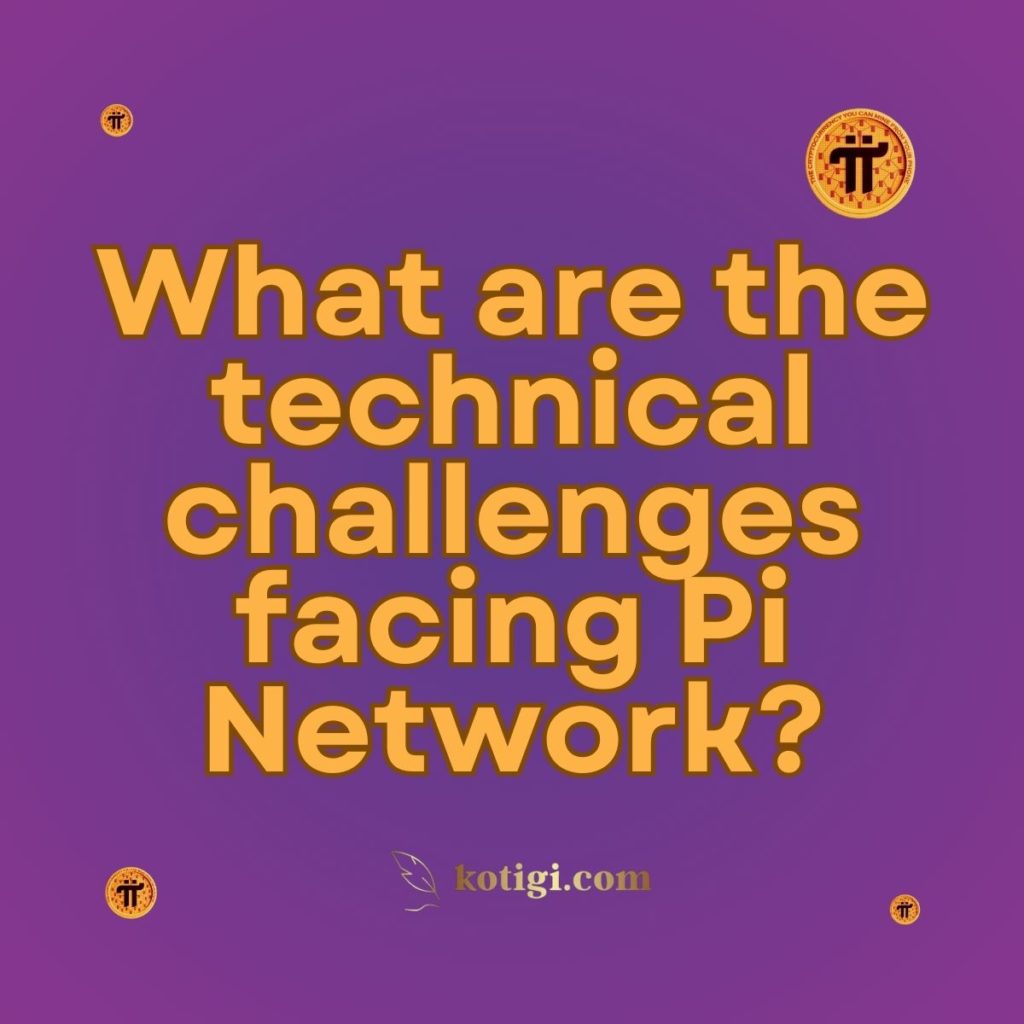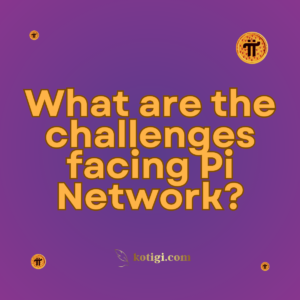
What are the technical challenges facing Pi Network
Pi Network, while innovative in its approach to accessible and energy-efficient cryptocurrency, faces several technical challenges as it evolves and aims to establish itself as a viable competitor in the blockchain space. Below are some of the key technical challenges Pi Network faces:
1. Scalability
One of the main technical challenges for Pi Network is ensuring scalability as the user base grows. With millions of users worldwide, the network must be capable of handling a large number of transactions simultaneously without compromising speed or efficiency. Achieving this while maintaining low energy consumption and high accessibility is a significant hurdle.
2. Decentralization
Pi Network is currently in the process of transitioning from a more centralized model to full decentralization. This transition is technically complex, as it requires establishing a robust and secure network of nodes that can operate independently without central oversight. Ensuring that this decentralization does not compromise network security or functionality is a critical challenge.
3. Security and Fraud Prevention
As with any blockchain network, security is paramount. Pi Network must protect against potential threats, including hacking, fraud, and double-spending. Implementing strong security protocols, conducting regular security audits, and staying ahead of potential vulnerabilities are ongoing technical challenges that require continuous attention and innovation.
4. Consensus Mechanism Efficiency
While the Stellar Consensus Protocol (SCP) used by Pi Network is designed to be energy-efficient and fast, optimizing this consensus mechanism to work seamlessly with a growing and diverse user base is a challenge. Ensuring that the SCP can handle increasing transaction volumes without compromising speed or security is essential for the network’s success.
5. Network Stability and Reliability
As Pi Network scales, maintaining the stability and reliability of the network is crucial. Any downtime, slow transaction processing, or network disruptions can erode user trust and hinder adoption. Ensuring that the network remains stable under varying loads and conditions is a key technical challenge.
6. Mobile Mining Optimization
Pi Network’s unique approach to mobile mining presents its own set of challenges. The team must ensure that the mining process remains lightweight and does not negatively impact users’ device performance, battery life, or data usage. Additionally, optimizing the mobile mining process for various devices and operating systems adds another layer of complexity.
7. Integration with Other Technologies
As Pi Network grows, integrating with existing financial systems, other blockchain networks, and decentralized applications (dApps) becomes increasingly important. Ensuring seamless interoperability with these technologies while maintaining the network’s security and efficiency is a significant technical challenge.
8. User Education and Support
Given the relatively new concept of mobile mining and decentralized finance for many users, Pi Network faces the challenge of effectively educating and supporting its user base. Providing comprehensive resources, user-friendly interfaces, and robust customer support systems are critical for onboarding and retaining users.
Conclusion
Pi Network’s success hinges on overcoming these technical challenges while maintaining its core principles of accessibility, energy efficiency, and decentralization. Addressing these challenges will be crucial as Pi Network seeks to establish itself as a mainstream cryptocurrency and a sustainable option in the digital economy.



